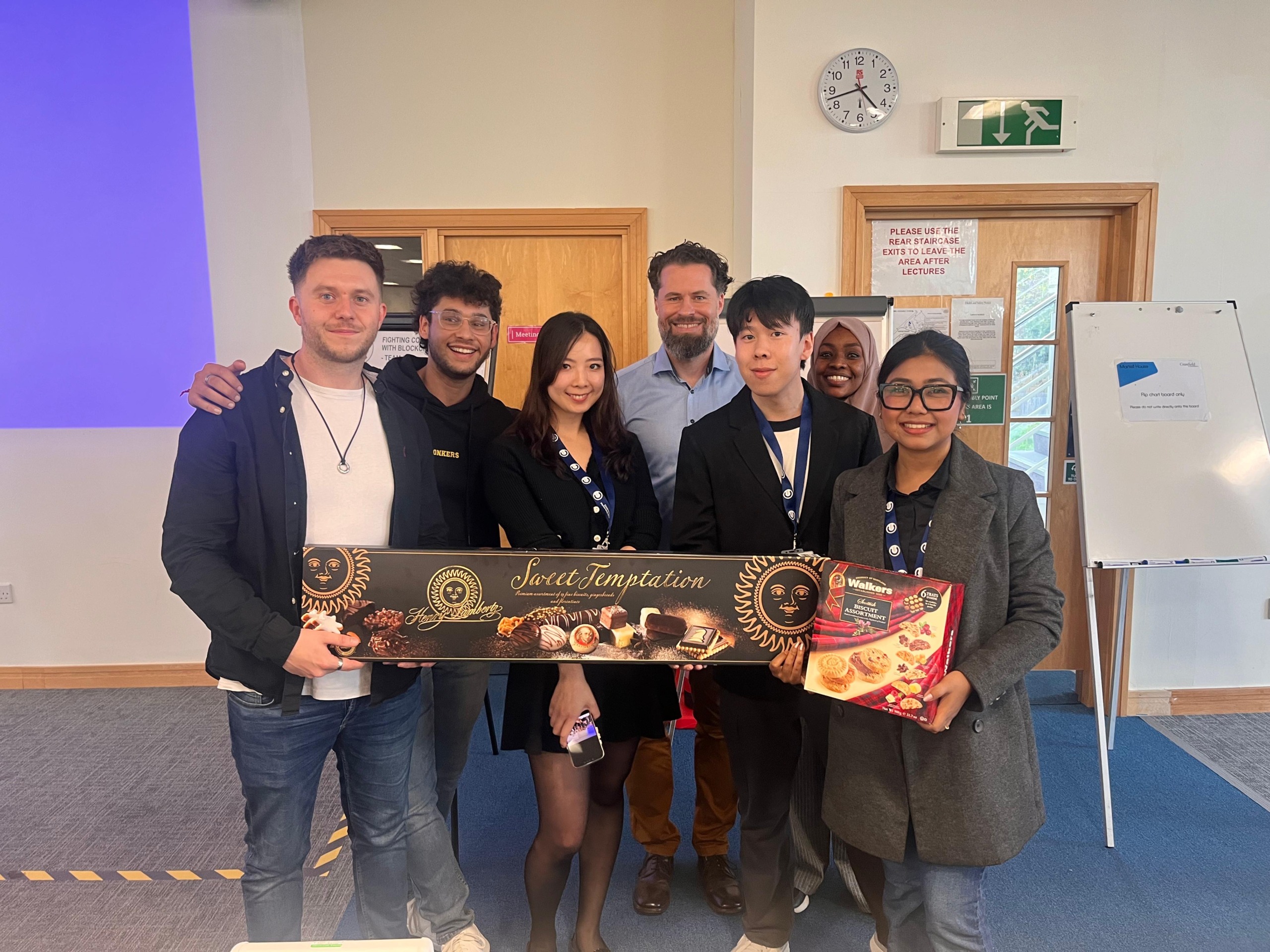How do I reference a case study… in the Cranfield Author-date style?
09/11/2015

If you have read our previous post Looking for case studies?, you’ll have discovered some of the best MIRC resources for finding case studies on a topic or company.
Now that you know the top sources for case studies, you now need to know how to reference and cite one in your work. If your case study is published in a journal, you just need to follow the format for referencing a journal article. For example:
Ojasalo, J. (2008) ‘Management of innovation networks: a case study of different approaches’, European Journal of Innovation Management, 11 (1), pp. 51-86.
Poczter, S. L. and Jankovic, L. M. (2014) ‘The Google Car: Driving Toward A Better Future?’, Journal of Business Case Studies, 10 (1). Available at: http://www.cluteinstitute.com/ojs/index.php/JBCS/article/view/8324 (Accessed: 21 October 2015).
If your case study isn’t published as a journal article, then you need to use the following format. Don’t worry it isn’t as difficult as it sounds!
This is what you need to include in your Author-date reference:
- Author(s) (surname, initials) or organisation
- (Year of publication)
- Number/identifier of case study (if available)
- Title of case
- Place of publication: Publisher
If the case study is available online, you can add the following:
- Available at: URL
- (Accessed: date)
Here are some examples of what your bibliographic references might look like in the Author-date style:
Aaker, J. and Chang, V. (2010) Case No. M321: Obama and the power of social media and technology. Stanford: Stanford Business School.
Max, S. (2014) A Small Brand Tries to Escape the Confusing Shadow of a Big Brand. New York: The New York Times. Available at: http://www.nytimes.com/2014/05/08/business/smallbusiness/a-small-brand-tries-to-escape-the-confusing-shadow-of-a-big-brand.html?ref=topics&_r=0 (Accessed: 21 October 2015).
Polzer, J. T. (2003) Leading Teams. Boston: Harvard Business School Publishing.
As always if you have any questions about referencing, pop into MIRC or contact us.
Feature image from Pixabay. Available at: https://pixabay.com/photos/archive-files-register-office-3859388/
Categories & Tags:
Leave a comment on this post:
You might also like…
Setting up a shared group folder in a reference manager
Many of our students are now busy working on their group projects. One easy way to share references amongst a group is to set up group folders in a reference manager like Mendeley or Zotero. ...
Where are they now? From a Women in STEM scholar to a Sustainability Senior Professional
We recently caught up with Karoline, a previous Women in STEM scholar to find out where her scholarship and Cranfield master’s has taken her. How has Cranfield impacted your career? Studying at Cranfield University ...
A transition from working life back to student life, filled with learning, challenges, and rewarding moments
My first term at Cranfield has been filled with learning, new challenges and rewarding moments. Coming in with only a basic understanding of procurement and supply chain management, I knew the first term would ...
Moving with the times: The ‘new-look’ Cranfield Management MSc
For more than a decade, the Cranfield Management MSc has been at the forefront of management education worldwide. Ranked best Management MSc in the UK for value for money and international student experience by ...
Finding company profiles and SWOT analyses
If you are researching a company for a project or job interview, a company profile will be really helpful, as will a SWOT analysis. A profile will give you the basic information you need about ...
Working on your group project? We can help!
When undertaking a group project, typically you'll need to investigate a topic, decide on a methodology for your investigation, gather and collate information and data, share your findings with each other, and then formally report ...






